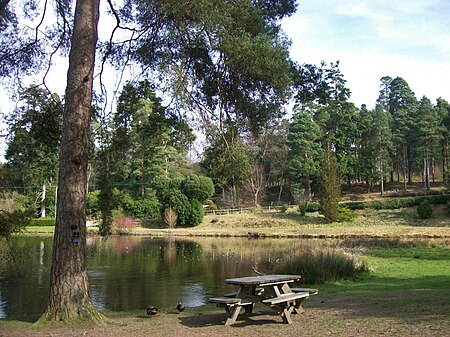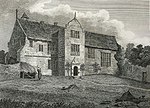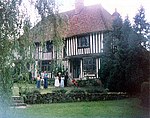Bedgebury National Pinetum
Arboreta in EnglandBotanical gardens in EnglandBuildings and structures in the Borough of Tunbridge WellsConservation in the United KingdomForests and woodlands of Kent ... and 4 more
Gardens in KentNCCPG collections in EnglandTourist attractions in KentUse British English from December 2019

Bedgebury National Pinetum at Bedgebury, Kent, in the United Kingdom, is a recreational and conservational arboretum managed by Forestry England that was established as the National Conifer Collection in 1925 and is now recognised as the most complete collection of conifers on one site anywhere in the world. The collection has over 10,000 trees growing across 320 acres (1.3 km2), including rare, endangered and historically important specimens. Bedgebury National Pinetum conducts conservation work, is home to some 56 vulnerable or critically endangered species, and houses five National Plant Collections.
Excerpt from the Wikipedia article Bedgebury National Pinetum (License: CC BY-SA 3.0, Authors, Images).Bedgebury National Pinetum
Park Lane, Tunbridge Wells Goudhurst
Geographical coordinates (GPS) Address Nearby Places Show on map
Geographical coordinates (GPS)
| Latitude | Longitude |
|---|---|
| N 51.0751 ° | E 0.4556 ° |
Address
Park Lane
TN17 2SL Tunbridge Wells, Goudhurst
England, United Kingdom
Open on Google Maps











